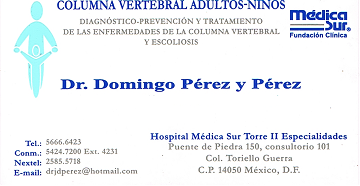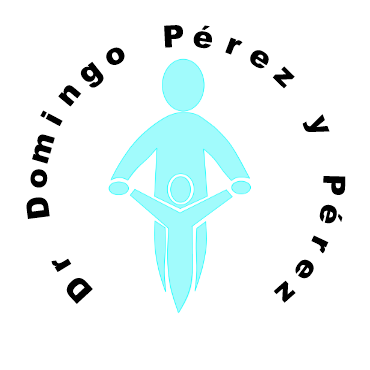Hospital Médica Sur
Puente de piedra 150 torre 2 consultorio 101. Col. Toriello Guerra, alcaldía de Tlalpan, C.P. 14050. Ciudad de México
Telefonos de contacto (55) 56 66 64 23, (55) 54 24 72 00 EXT. 4231
Consulta en linea por videollamada!!!
Alta Especialidad en Columna Vertebral
Dedicado de tiempo completo a atender los problemas de la Columna Vertebral en Adultos y Niños, es decir Diagnóstico, Prevención y Tratamiento de las Enfermedades de la Columna Vertebral en Adultos y Niños. Ejerciendo este quehacer desde hace 25 años.


